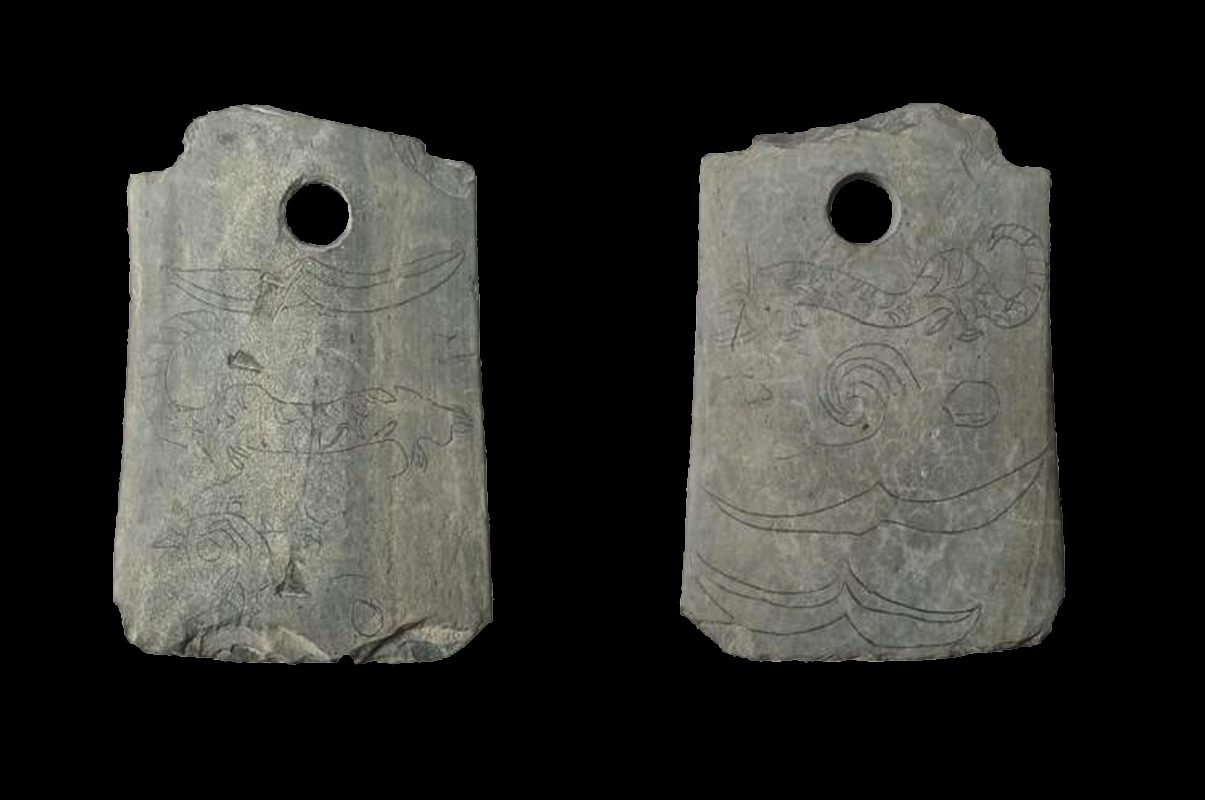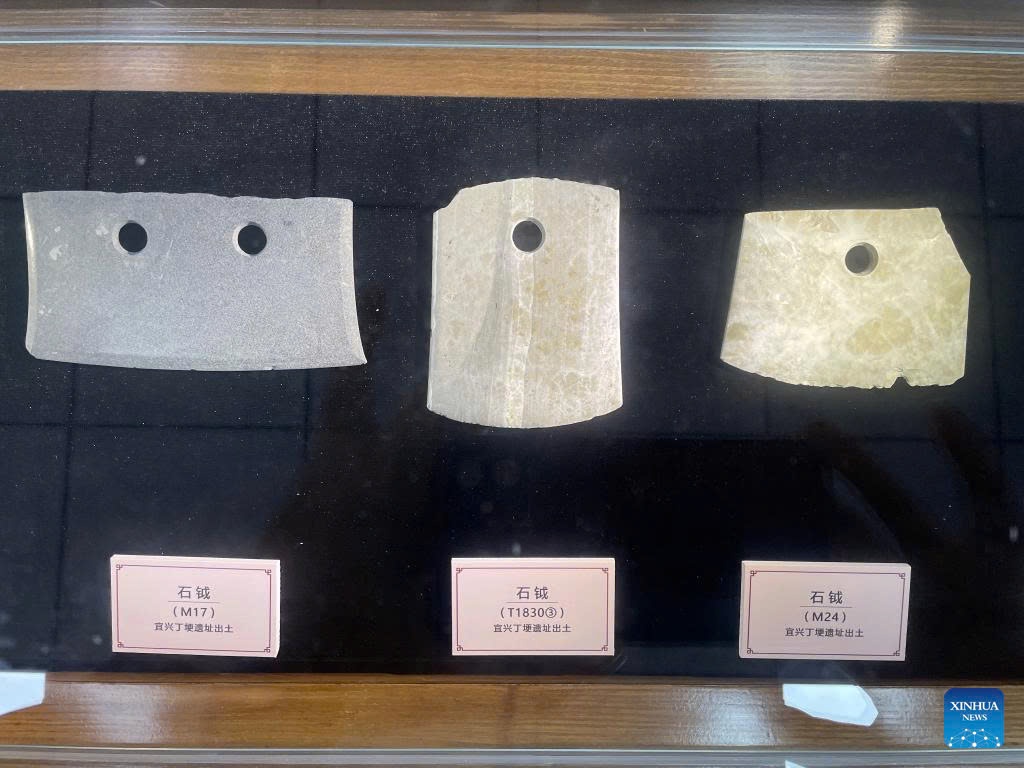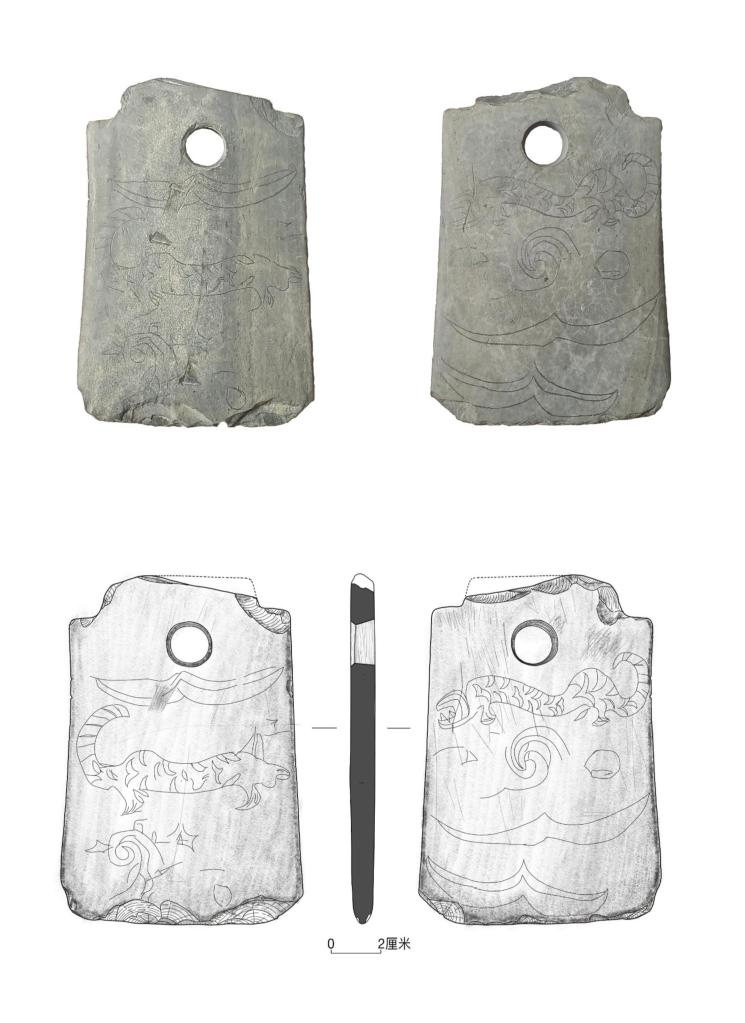In a significant archaeological discovery, researchers in China have unearthed a 4,500-year-old ritual weapon engraved with intricate depictions of tigers. This remarkable find sheds light on the advanced craftsmanship and rich cultural heritage of the Liangzhu civilization, a Neolithic culture that flourished in the Yangtze River Delta thousands of years ago.
The Liangzhu Culture: A Glimpse into China’s Neolithic Past

The recently discovered artefact hails from the Liangzhu Culture, one of China’s most sophisticated Neolithic civilizations. The Liangzhu emerged around 3,300 BC, with their urban center situated at the Liangzhu site, which was first uncovered in 1936. This culture is noted for its impressive developments in art, architecture, and social organization.
The Liangzhu were primarily located in the low-lying Taihu Plain, an area prone to massive flooding. These environmental challenges eventually contributed to the decline of the Liangzhu civilization, forcing its people to abandon their capital city and surrounding dwellings around 2,300 BC.
The Discovery in Wuxi City

The recent excavation in Wuxi City, located in Jiangsu Province, has provided archaeologists with a treasure trove of artifacts that offer further insight into the Liangzhu culture. At the Dinggeng archaeological site, researchers uncovered a total of 329 stone tools, along with 73 stone and bone arrowheads. Additionally, numerous ceramic and jade artifacts were found, each revealing the advanced craftsmanship of the Liangzhu people.
The Tiger-Engraved Ritual Axe

The most striking discovery from the excavation is a stone axe, estimated to be 4,500 years old, featuring intricate engravings of tigers on both sides. In addition to the tigers, the axe is adorned with patterns of clouds and birds, adding to its symbolic significance. Found on a sacrificial platform, the axe bears evidence of wear and damage, suggesting its use in rituals rather than as a weapon for combat.
Liu Baoshan, the head of the Wuxi Institute of Cultural Relics and Archaeology, highlighted the unique nature of the artifact, noting that the patterns were likely created using a harder stone tool. This discovery marks the first instance of a tiger-patterned stone axe being found in the region, emphasizing the cultural and symbolic importance of tigers in Liangzhu society.
Conclusion
The discovery of the 4,500-year-old tiger-engraved ritual axe in Wuxi City offers a fascinating glimpse into the spiritual and cultural practices of the Liangzhu civilization. This artifact not only reflects the advanced skills of the Liangzhu people but also serves as a testament to the rich history and enduring legacy of one of China’s most remarkable Neolithic cultures.



